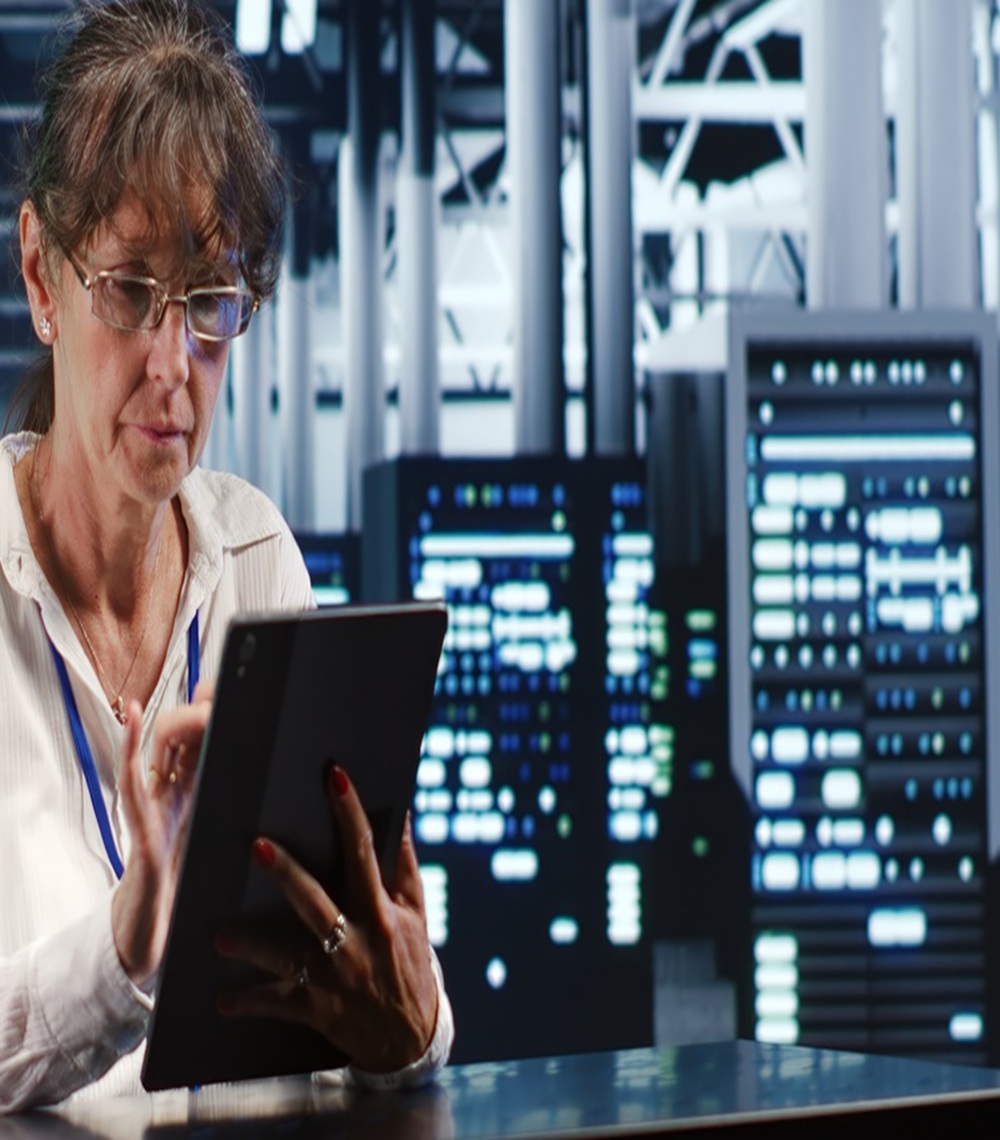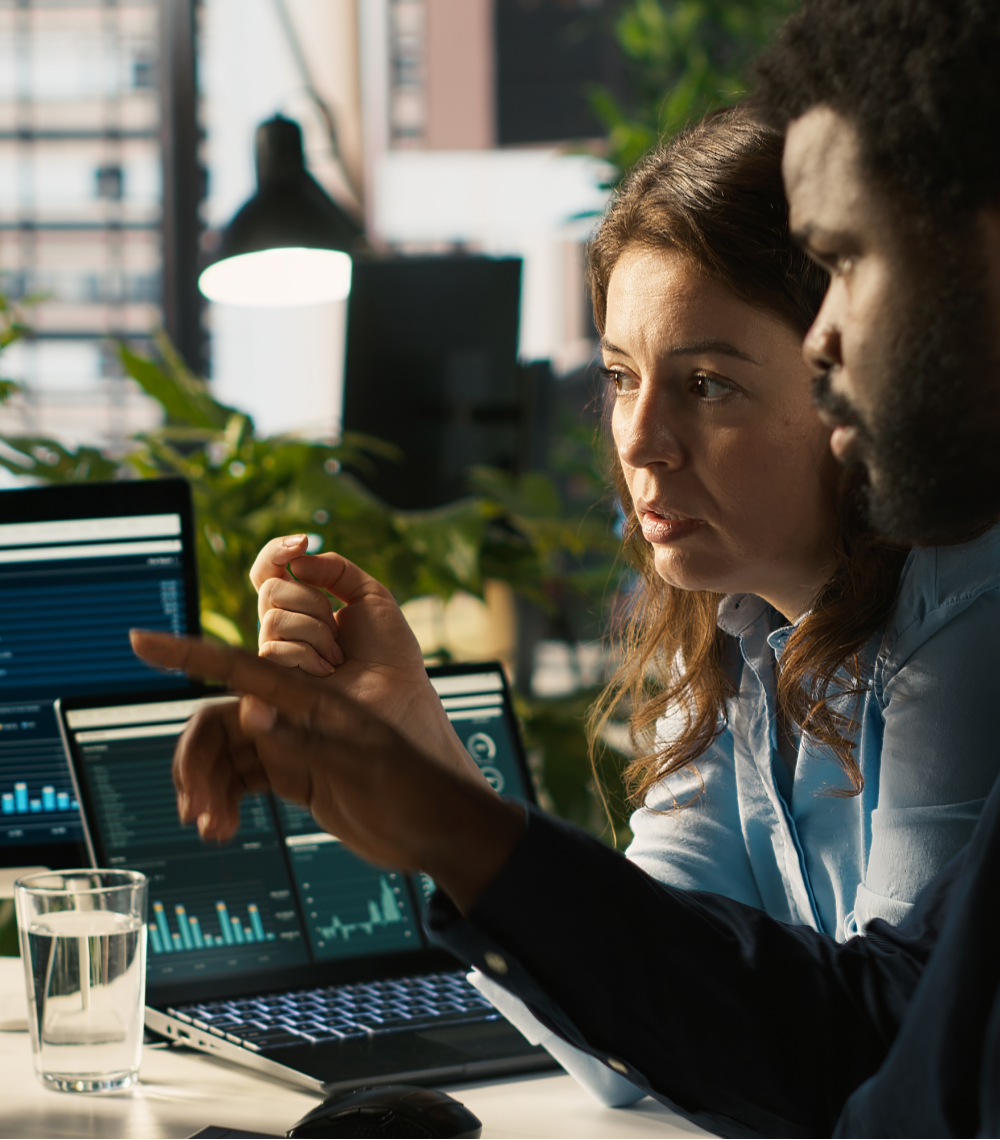
"Without integration, data is just a collection of old stories. With integration, it becomes a real-time narrative of your business."
- Bernard Liautaud, Co-founder of Business Objects
Consider the ramifications of dispersed data within your organization, creating challenges across all departments and eventually resulting in reduced productivity, overlooked potential, and a dearth of critical strategic insights, ultimately impeding the company's overall progress and prosperity. This is where data integration plays a key role in supporting business intelligence and analytics or running applications.
Understanding Data Integration
At the very heart of effective data management, data integration stands out as a cornerstone, signifying the pivotal process of harmonizing and amalgamating data from a myriad of diverse sources into a centralized dataset or robust data warehouse. The overarching objective of data management is to diligently ensure seamless and secure access, as well as efficient delivery of data for users, all while adeptly meeting the ever-evolving and diverse needs of all business applications and processes.
Importance of Data Integration
Data integration is projected to grow by 14% annually, highlighting its increasing importance in harnessing the power of data for informed decision-making.
- Data integration is an important solution for managing vast datasets, ensuring the delivery of complete and accurate information.
- Data integration plays a crucial role in handling large datasets while maintaining data accuracy.
- Data integration primarily finds application in the management of business and customer data, enabling comprehensive insights for business intelligence and advanced analytics.
- Its most common use case is managing business and customer data, facilitating business intelligence and advanced analytics.
- Data integration serves a vital role in the field of IT by bridging the gap between modern big data analytics environments and legacy systems, making valuable legacy data accessible to popular business intelligence applications.
- It acts as a bridge between modern big data analytics and legacy systems, enabling access to valuable legacy data for popular business intelligence applications.
Data Integration Phases and Techniques
Data integration involves three key processes and employs several techniques to achieve data harmonization and accessibility.
Data Integration Phases
01. Design Phase
In the Design Phase of data integration, various departments within the organization collaborate to address fundamental questions:
- Objectives of data integration
- Data source identification
- Data adequacy for requirements
- Alignment with business rules
- SLA requirements determination
- Data extraction plans and quality assessment
- Non-functional requirements like security, data processing, and backup policies
- System ownership and expenses.
02. Implementation Phase
During Implementation, a detailed analysis based on requirements and the SRS document guides the choice of suitable data integration tools. Tool selection is a crucial decision for a business, impacting efficiency and future growth. Examples of these tools include:
- Informatica
- Microsoft SQL Server Integration Services (SSIS)
- Apache Nifi
- MuleSoft
- IBM InfoSphere DataStage
03. Testing Phase
Testing is a critical aspect of data integration, involving participation from the IT department and the entire organization. It includes:
- Performance Stress Test (PST)
- Technical Acceptance Testing (TAT)
- User Acceptance Testing (UAT).
Data Integration Techniques
Companies employ various data integration techniques, such as:
- Manual Integration or Common User Interface: Provides users access to source systems or web page interfaces.
- Middleware Data Integration: Transfers logic from one application to a new middleware layer.
- Application-Based Integration: Suitable when dealing with a limited number of applications.
- Common Data Storage or Physical Data Integration: Copies data from the source and manages it within the original system.
- Uniform Data Access or Virtual Integration: Offers users a unified view of the data through defined views.
The aforementioned techniques are just a selection, and there are many other innovative approaches and methods tailored to specific data integration needs.
Netflix’s Data Integration Case Study
Industry: Streaming and Media EntertainmentNetflix relies on data integration to create and deliver a personalized streaming experience to its subscribers:
Why:
- Content Creation: Leverages data to make informed decisions about content creation and acquisition. They analyze viewer preferences, viewing habits, and interactions to create engaging content.
- Personalization: Data integration enables the company to offer personalized recommendations based on user profiles and viewing history, enhancing the user experience.
- Quality Assurance: Uses data to ensure smooth content delivery and minimize interruptions.
- Operational Efficiency: Data integration optimizes content delivery, reducing operational costs and managing their extensive content library.
How:
- Data Collection: Gathers data from user interactions, streaming devices, and content consumption, capturing information on what, when, and how users watch.
- Data Storage: Collected data is stored in massive data warehouses and distributed systems, often utilizing cloud services like AWS.
- Data Processing: Employs big data processing tools like Apache Spark and Hadoop to analyze data, identifying viewing trends and audience demographics.
- Machine Learning and AI: Uses machine learning and AI algorithms to create user profiles and improve content recommendations based on user behavior.
- Content Delivery: They optimize content delivery using Content Delivery Networks (CDNs) to ensure consistent streaming quality globally.
- A/B Testing: Conducts data-driven A/B testing to refine the user interface, recommendation algorithms, and content selection.
Netflix's data integration strategy is fundamental to its business model, enabling the creation of popular content, a personalized user experience, and continuous platform refinement for customer satisfaction.
Challenges Associated with Data Integration Today!
Despite its long-term advantages, data integration poses numerous challenges, including collecting and unifying data from diverse sources.
- Legacy System Data: Integrating data from outdated systems poses a challenge due to missing markers like timestamps.
- New System Data: The influx of real-time and unstructured data from various sources complicates integration.
- External Data: Incorporating data from external sources can pose as a significant challenge due to varying detail and formatting.
- Software Selection: Choosing the right integration software is crucial, but it can be difficult when there are numerous options to choose from.
- Software Utilization: Even with the right software, using it effectively can be a challenge.
Conclusion
Data integration stands as the cornerstone of modern business operations, offering a crucial pathway to harness the full potential of data. However, this journey is not a static one; it evolves with each passing day. New data security regulations, ever-changing applications, and shifting business objectives create a dynamic landscape. Success in data integration demands adaptability and a willingness to navigate these challenges. Organizations today must not only embrace data integration but also remain agile and proactive in their approach, ensuring that they can hit the moving target of successful data integration in a perpetually changing environment.
































